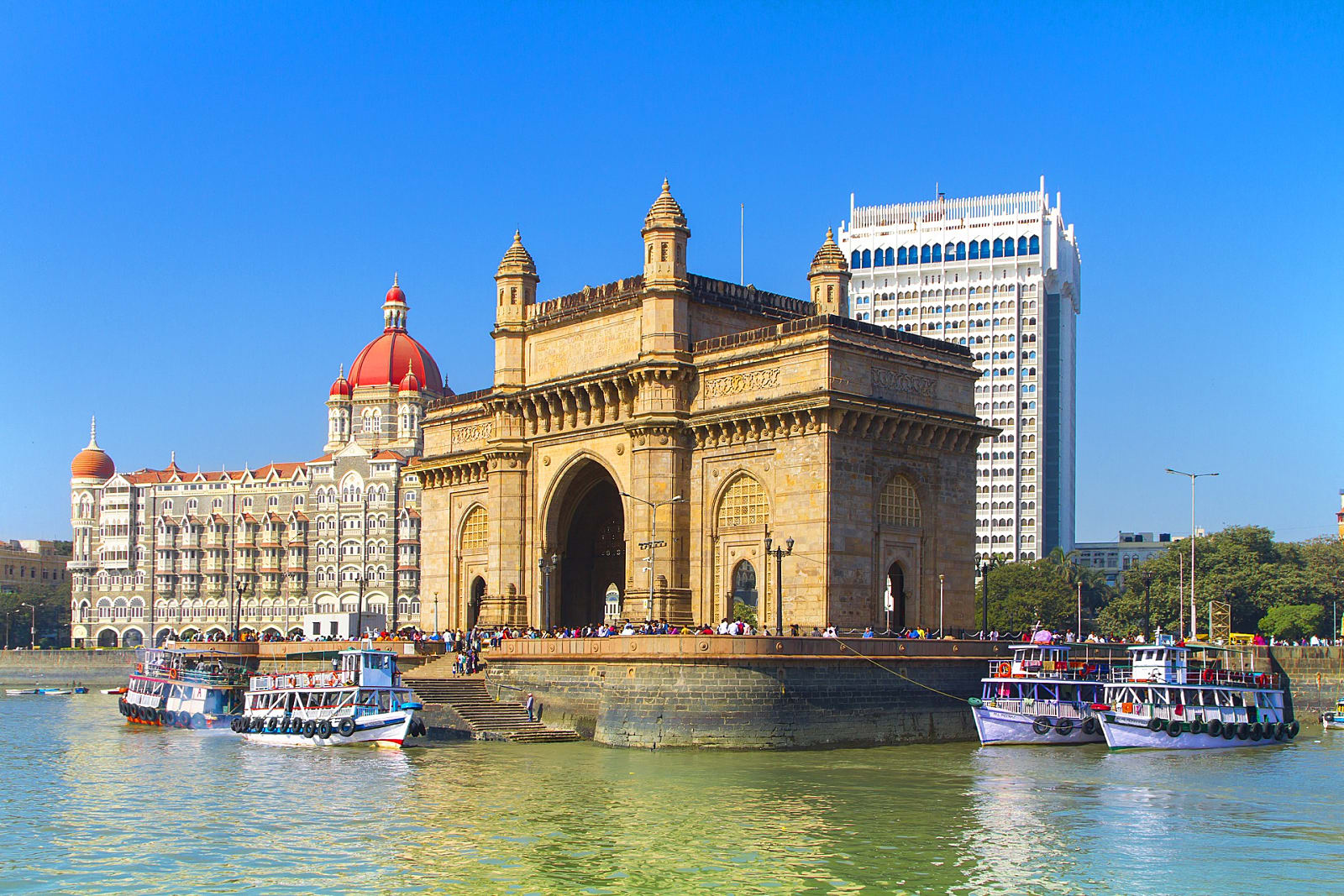Counting the stars in the sky and stories on the earth may become possible someday, the feelings one story leaves on your mind will forever remain uncountable. – anonymous
History is like the epilogue of every book adding to the library of wonder. And one such wonder of Maharashtra is The Gateway of India. When it comes to the building of state and its buildings of pride, Gateway of India stands first in the queue. A pillar of tourism in the state, this piece of beauty stands on the seashores in the capital city, Mumbai.
The emergence
Gateway of India was built in the early 1900s when the British colonial rule was in existence. The structure was a memento of warm welcome for the arrival of the Royal British Monarchy in India for the first time. Emperor of India, George V and empress Mary of Teck did a voyage to India and were welcomed at Apollo Bunder where the Gateway stands now.
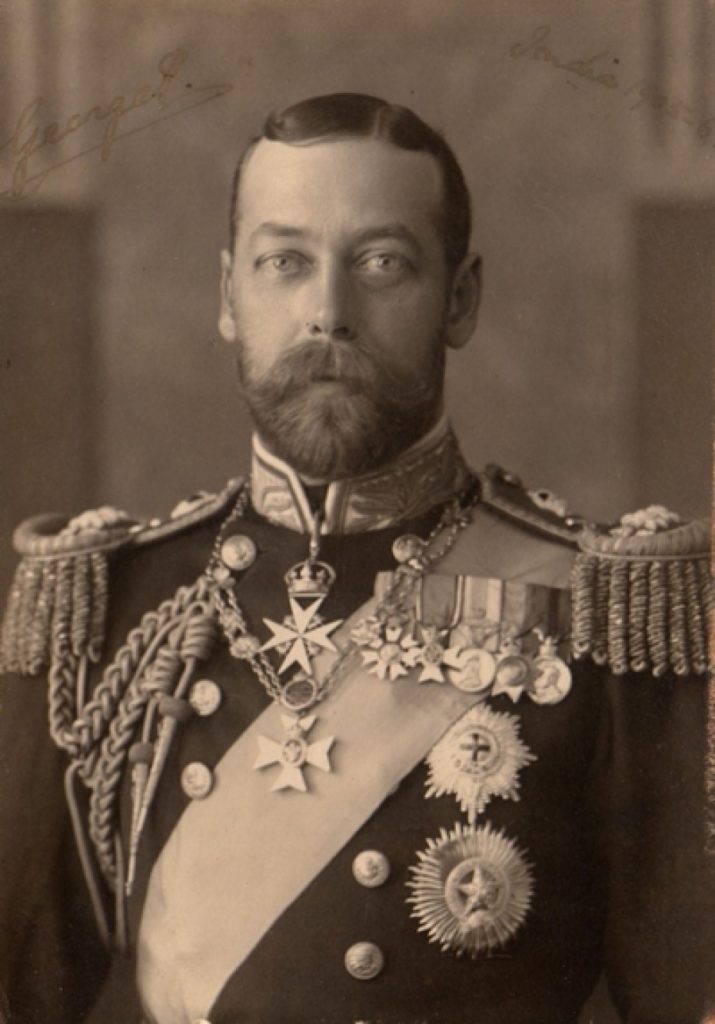
Although the Monarch was visiting for the meeting of Delhi Durbar, their first stop in the journey was Mumbai (formerly known as Bombay) to meet the Governor of British rule in the city, Sir George Sydenham Clarke. He was also the one who laid the foundation stone for the construction for Gateway of India.
The king and queen visited the country in 1911 and witnessed the cardboard model of the real monument. The actual sanction of the building was approved in 1913 while the construction was not commemorated until 1915.
Before the building stood there till eternity, the land belonged to local fishermen of Maharashtra and was used as a fishing market too.
The Architecture
As the cardboard model was made for the welcome of monarchy, the real building is not the replica of the model. Between the span of 1911 and 1915 when the construction began, there were minor changes to the design.
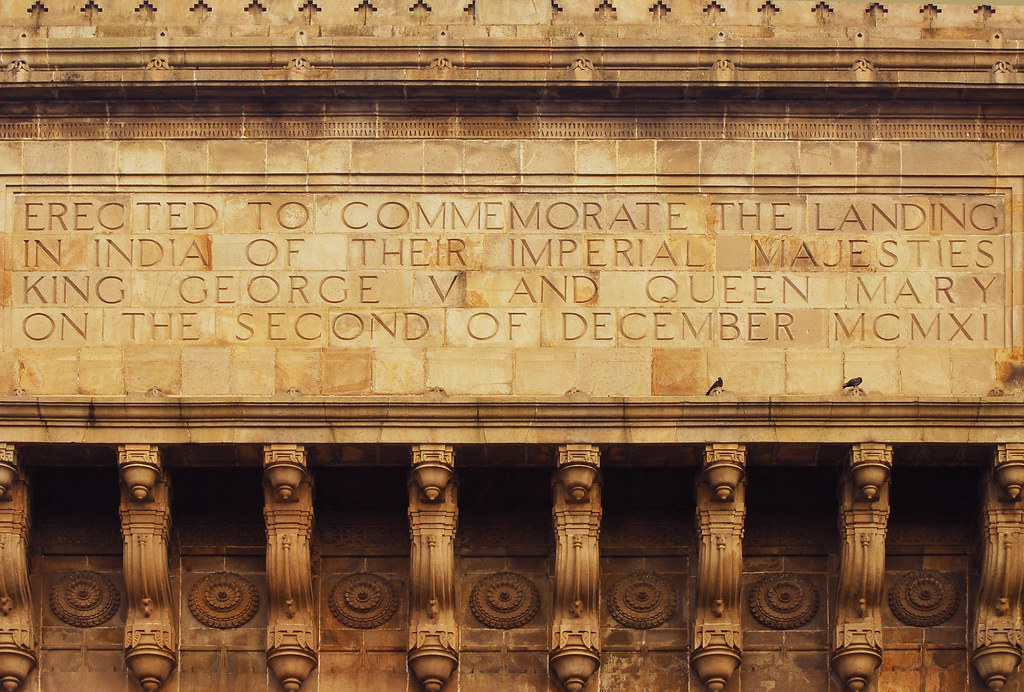
A Scottish architect named George Wittet was the one behind this marvellous monument. As the governor of Bombay sanctioned the project, it took a budget of Rs. 21 lakhs to complete the project in full glory.
The construction
Gateway of India is constructed from two major elements, yellow basalt and reinforced concrete. The building stones were resourced locally while the screens were imported from the capital of Madhya Pradesh, Gwalior.
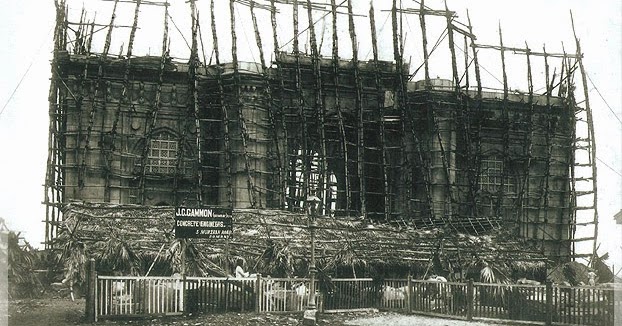
The design of monuments is influenced by a mix of cultures existing in India. As the maximum of the detailed work is an inspiration driven from Maharashtrian architecture, the intricate jali work belongs to Mughal creations of architectural art. The arch is the Gateway is known as the Roman Triumphal arch and the mini details come from the 16th-century architecture of Gujarat.
Gateway of India faces the harbour and hence becomes the first impression of those who arrive in Indian Lands via Sea. It was also known as the symbol of ‘conquest and colonization’ by the British colonial powers until the time of Independence. As the last British troops to leave India in 1948, took an exit from the same arch of the gateway, the former title lost significance.
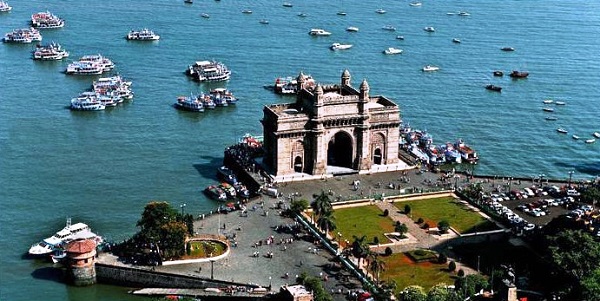
Despite the history connected with British rule, the Indian government still preserves the monument as its own and it still stands with pride on the borders of the most prominent city in the country Mumbai. In a city which never sleeps and which hoards a million people in a million buildings with millions of stories, this building and this story neither loses its shine nor camouflages with the city buzz.
Also Read: Stories behind Monuments of Maharashtra: Bibi ka Maqbara
